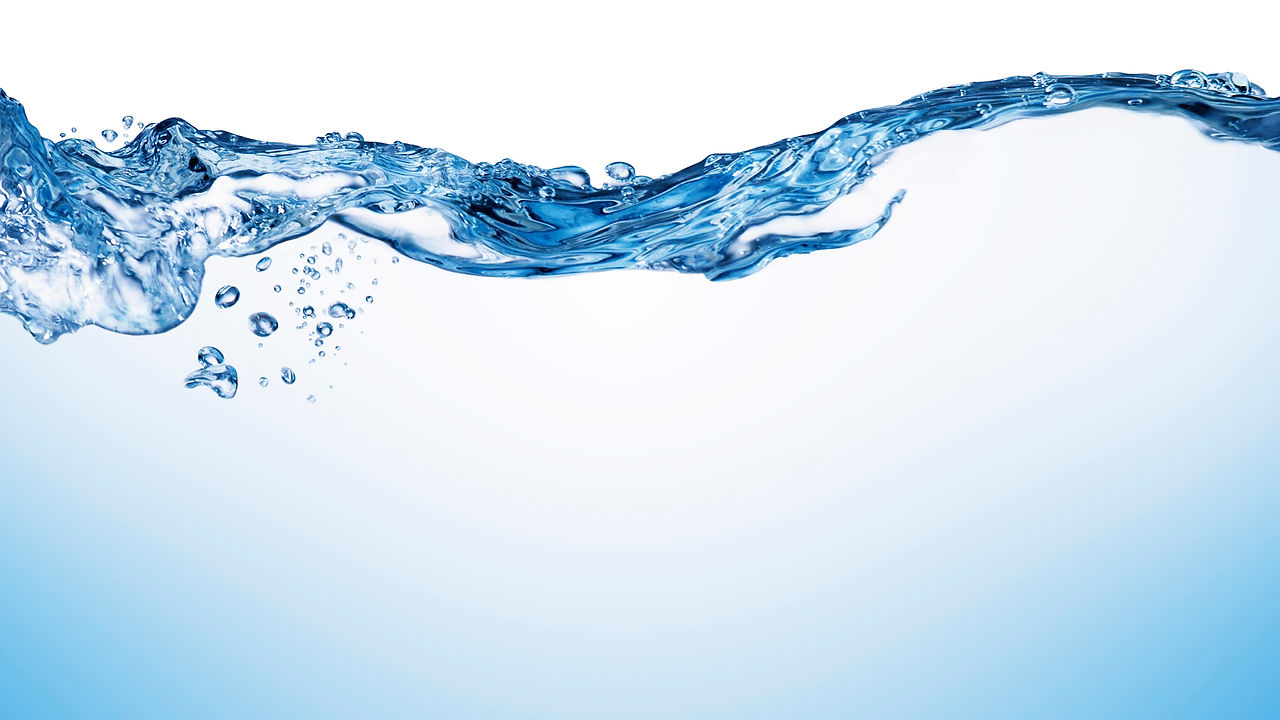
.png)
Authorized Dealer
Water as it should be...
... Safe, Clean & Healthy
Affordable Home Water Treatment

2 Tank Catalytic Carbon &
No Salt, No Maintenance Softener
Watershield's two tank combo system combines the first tank of NSF Catalytic Carbon and the second tank, the Watershield Naturwise, a no salt water conditioner, which contains a media called Filtersorb SP3.
In addition, to being less expensive than Traditional Salt Water Softeners. What sets WaterShield Naturwise with Filtersorb SP3 apart from other systems?
-
Maintenance Free
-
Salt Free
-
No Release of Harmful Minerals or Chemicals
-
No Waste Water (hundreds of gallons wasted each month back washing)
-
NO ELECTRICITY REQUIRED!
-
Preserves Beneficial Minerals
-
Eliminates or significantly reduces Chlorine, Chloramines, Micro-Plastics, Pesticides, Etc.
-
Reduces Soap & Chemical Use by 30-40%
-
Eliminates Existing Scale Buildup
Traditional salt water softening units operate through ion exchange. Through this process, calcium and magnesium ions are exchanged with an equal amount of sodium. This creates a high sodium content in the water supply. In addition, these salt systems remove the healthy minerals, calcium of magnesium. Over half of Americans have a deficiency of Calcium and Magnesium.
The Filtersorb SP3 works via nanotechnology. Water passes through the tank and through the fluidized Filtersorb SP3 media. The media acts as a catalyst and the hardness minerals (calcium and magnesium) are transformed into Nanoparticles or Crystals. These Nanoparticles pass through plumbing lines, fixtures, and appliances without attaching. This process also eliminates existing mineral build up. In a few short weeks of using this system, you will see the pre-existing build up disappearing.
How does Filtersorb SP3 Filtration Process Work?
Phase 1
The calcium and magnesium are not removed from the water. The catalytic surface of the Filtersorb media pulls the calcium and magnesium ions from the water and converts these ions into harmless nanocrystal particles. These nanocrystals are so small that they are approximately one billionth of a meter; 100,000 times smaller than a single strand of hair.
Phase 2
The filtration process, the existing scale in the piping and hardware is removed. The nano crystal particles are neutral and are unable to attach to any surfaces, but due to their large surface area and nano structure, bind to the calcium ions in the scale, gradually breaking the grid structure of the calcium deposits. Over time, the calcium scale deposits within the pipes and equipment are completely removed.
Phase 3
Final filtration process, a 3 to 5-micron protective layer is formed. This layer forms because of the reaction of the nano surface of the crystals and the metallic surface of the pipes. This is comparable to the green layer of verdigris on a copper roof. As soon as the protective layer is formed it can no longer grow bigger, but it creates complete protection.